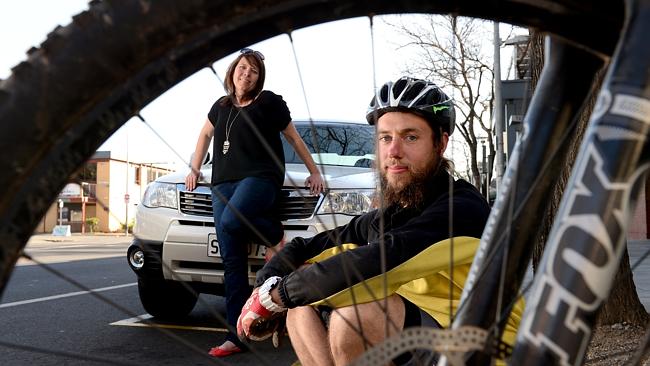‘I come from a place there wasn’t any democracy. This is a really big influence for me. I also feel strongly that democracy is more than just turning up to vote.’
Gail Fairlamb is Director of Participation and Partnerships in South Australia’s Department of Premier and Cabinet. She’s had a hand in introducing citizens’ juries as a regular part of government business there.
Gail was at the lifts, waiting to meet me when I visited. I wanted to find out more about her experience from an internal administrative perspective. As soon as she spoke, I knew that like me, she comes from Southern Africa.
Now a South Australian, she’s in a great position to make a difference. One of the first things she points me to is Premier Jay Weatherill’s commitments in ‘Building a Stronger South Australia‘. It has 17 initiatives to create a more modern and open public service.
One of these is ‘More Citizens’ Juries’. This is part of a whole mix of innovative participative community, including fabulous work on open data.
The SA government’s second jury, facilitated by Emily Jenke, has recently reported, the theme,‘The Citizens Jury on Sharing the Roads’.
Today at senior policy level, says Fairlamb, we know that when delivering policy we need to do more with less, and we need to set appropriate targets. This involves government being clear about how policy is relevant and this means listening to the needs of citizens – in this way we can better target policy to meet the needs of our community. Its also about citizens being informed. Juries are in line with this objective.’
‘We are delivering under a mandate, set by our Premier who has asked the South Australian government to have a much more citizen focused approach. It’s about debate and decide, not announce and defend.’
The first jury ‘Creating a safe and vibrant Adelaide nightlife’ ran in 2013, with 43 citizen jurors. The process was supported by the newDemocracy Foundation. This video gives a nice sense of how jurors decision-making was influenced through evidence and face to face deliberations.
One of Fairlamb’s biggest learnings from the first jury was about cross-departmental involvement in the jury. ‘We briefed and informed Departments on the first jury,’ she says. ‘They were engaged, but lightly.’
‘On this jury’, says Fairlamb, ‘we engaged internally much earlier, and this meant we were engaging the whole system, not just with the citizens recruited for the jury. Having a reference group enabled people to learn more about the topic and the process, and to work out queries and concerns about a citizens’ jury as an independent project, not influenced by government.
‘It also gave government a perspective which meant that it was able to respond to the Jury recommendations in a more genuine way.
‘There’s no dress rehearsal when you first run a citizens’ jury, Fairlamb reflects, ‘you know what you know at that point. What’s important is that you take that learning into the following jury. From the first jury we learned that if there’s going to be an across government response to what the jury recommends, all those parties in government need to be involved from the start.’


